Related Research Articles

In music, a cadenza is, generically, an improvised or written-out ornamental passage played or sung by a soloist or soloists, usually in a "free" rhythmic style, and often allowing virtuosic display. During this time the accompaniment will rest, or sustain a note or chord. Thus an improvised cadenza is indicated in written notation by a fermata in all parts. A cadenza will usually occur over the final or penultimate note in a piece, the lead-in, or over the final or penultimate note in an important subsection of a piece. It can also be found before a final coda or ritornello.
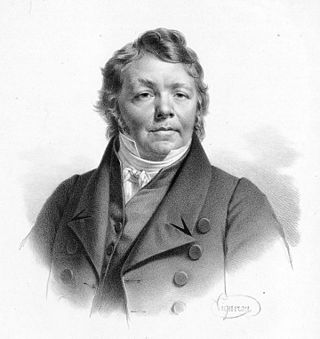
Johann Nepomuk Hummel was an Austrian composer and virtuoso pianist. His music reflects the transition from the Classical to the Romantic musical era. He was a pupil of Mozart, Salieri and Clementi. He also knew Beethoven and Schubert.

A piano concerto is a type of concerto, a solo composition in the classical music genre which is composed for a piano player, which is typically accompanied by an orchestra or other large ensemble. Piano concertos are typically virtuoso showpieces which require an advanced level of technique on the instrument. These concertos are typically written out in music notation, including sheet music for the pianist, orchestra parts for the orchestra members, and a full score for the conductor, who leads the orchestra in the accompaniment of the soloist.

The Piano Concerto No. 5 in E-flat major, Op. 73, known as the Emperor Concerto in English-speaking countries, is a concerto composed by Ludwig van Beethoven for piano and orchestra. Beethoven composed the concerto in 1809 under salary in Vienna, and he dedicated it to Archduke Rudolf, who was his patron, friend, and pupil. Its public premiere was on 28 November 1811 in Leipzig, with Friedrich Schneider as the soloist and Johann Philipp Christian Schulz conducting the Gewandhaus Orchestra. Beethoven, usually the soloist, could not perform due to declining hearing.

Arthur De Greef was a Belgian pianist and composer.

Franz Xaver Wolfgang Mozart, also known as Wolfgang Amadeus Mozart, Jr., was the youngest child of six born to Wolfgang Amadeus Mozart and his wife Constanze and the younger of his parents' two surviving children. He was a composer, pianist, conductor, and teacher of the late classical period whose musical style was of an early Romanticism, heavily influenced by his father's mature style. He knew Franz Schubert and Robert Schumann who both had high esteem for him.

EugenFrancis Charles d'Albert was a Scottish-born pianist and composer.
Jerome Lowenthal is an American classical pianist. He has served as chair of the piano department at the Juilliard School in New York. Additionally, Lowenthal is on the faculty at Music Academy of the West in Santa Barbara, California.
The Calgary Philharmonic Orchestra is an orchestra based in Calgary, Alberta, Canada. The orchestra gives the majority of its performances in the Jack Singer Concert Hall at Arts Commons. It is also the resident orchestra for the Calgary Opera, Alberta Ballet Company, and the Honens International Piano Competition.
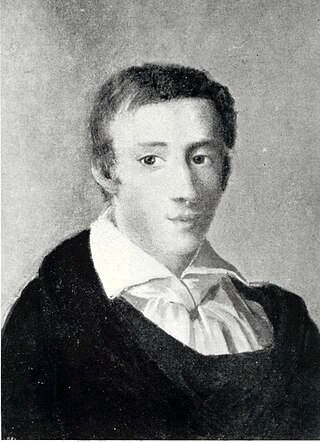
The Piano Concerto No. 2 in F minor, Op. 21, is a piano concerto composed by Frédéric Chopin in fall 1829. Chopin composed the piece before he had finished his formal education, at around 20 years of age. It was first performed on 17 March 1830, in Warsaw, Poland, with the composer as soloist. It was the second of his piano concertos to be published, and so was designated as "No. 2", even though it was written first.
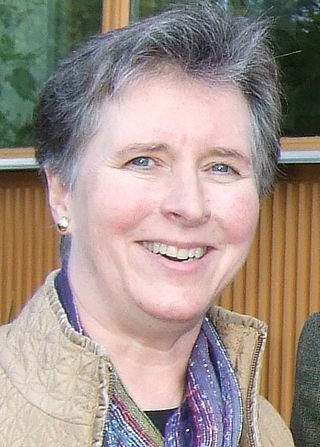
Janina Fialkowska, is a Canadian classical pianist. A specialist of the Classic and Romantic repertoires, for more than thirty years she has appeared regularly with professional orchestras around the world, often performing the music of contemporary Polish composers including Lutosławski and Panufnik.
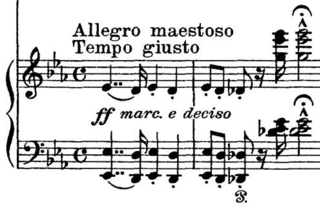
Franz Liszt composed his Piano Concerto No. 1 in E♭ major, S.124 over a 26-year period; the main themes date from 1830, while the final version is dated 1849. The concerto consists of four movements and lasts approximately 20 minutes. It premiered in Weimar on February 17, 1855, with Liszt at the piano and Hector Berlioz conducting.
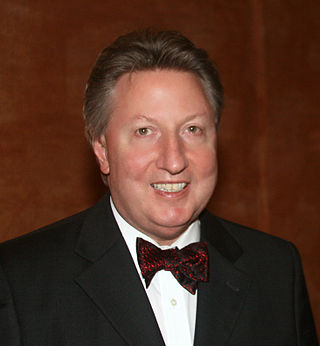
Leslie John Howard is an Australian pianist, musicologist and composer. He is best known for being the only pianist to have recorded the complete solo piano works of Franz Liszt, a project which included more than 300 premiere recordings. He has been described by The Guardian as "a master of a tradition of pianism in serious danger of dying out".

August Wilhelm Julius Rietz was a German composer, conductor, cellist, and teacher. His students included Woldemar Bargiel, Salomon Jadassohn, Arthur O'Leary, and Sir Arthur Sullivan. He also edited many works by Felix Mendelssohn for publication.

The Concerto for Piano and Orchestra in G minor, Op. 33, is the only piano concerto by Czech composer Antonín Dvořák. Written in 1876, it was the first of three concertos that Dvořák completed, followed by the Violin Concerto, Op. 53 from 1879 and the Cello Concerto, Op. 104, written in 1894–1895. The piano concerto is probably the least known and least performed of Dvořák's concertos.
Hans Graf is an Austrian conductor.
Thomas Rajna was a British pianist and composer of Hungarian birth. He had been domiciled in Cape Town in South Africa since 1970.

Max Erdmannsdörfer was a German conductor, pianist and composer.

Jules Massenet's Piano Concerto is a 1902 work for piano solo and orchestra. It is scored for a typical-sized ensemble of the time. The concerto was performed in 1903 by Louis Diémer at the Conservatoire de Paris. After the premiere, it quickly fell into obscurity and is seldom heard today.

The Piano Concerto in A minor, Op. 17, is the only piano concerto written by the Polish composer and pianist Ignacy Jan Paderewski. It was written in the composer's twenties, with the first movement dating back to 1882, although the majority of the work was composed in 1888 and scored in 1889. After its completion, the composer showed the concerto to his friend Saint-Saëns, who admired it, and especially the andante movement. It premiered the same year in Vienna, achieving great success, where it was conducted by Hans Richter.
References
- 1 2 Will Crutchfield (January 18, 1989). "New Liszt Concerto Discovered". New York Times. Retrieved October 14, 2012.
- 1 2 Allan Koznin (May 5, 1990). "Review/Music; Rediscovered Liszt Work in Premiere". New York Times. Retrieved October 14, 2012.
- ↑ "Janina Fialkowska - Biography". Archived from the original on June 22, 2013. Retrieved October 14, 2012.
- ↑ John Henken (August 7, 1990). "Music Reviews : Lowenthal Plays Newly Discovered Liszt Concerto". Los Angeles Times. Retrieved October 14, 2012.
- ↑ "Liszt: The complete music for solo piano, Vol. 53 – Music for piano & orchestra I". Hyperion Records. Retrieved February 20, 2021.
- ↑ "Liszt: The Three Piano Concertos & Totentanz". MSR Classics. Retrieved February 20, 2021.